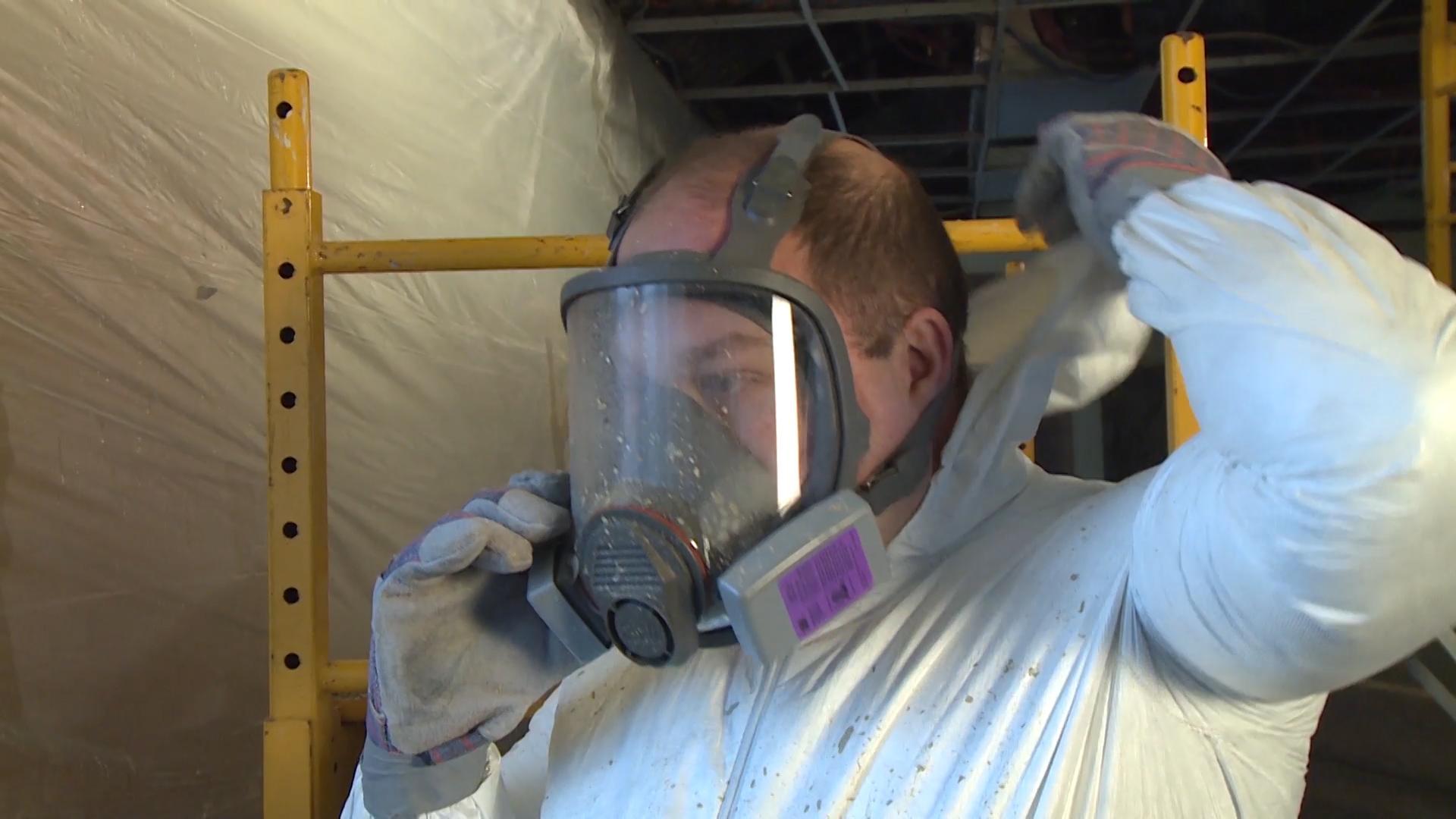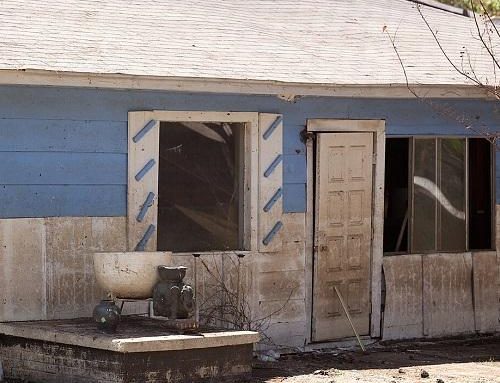Lead exposure is a common and potentially dangerous issue in construction environments, where workers may be exposed to lead through activities such as demolition and renovation. It’s important for businesses in construction environments to understand the hazards and risks associated with lead exposure and to implement appropriate safety measures to prevent lead poisoning and other health effects.
Here are ten important tips for preventing lead exposure in construction environments:
- Understand the hazards associated with lead exposure. Lead is a toxic metal that can cause various health problems, including neurological damage, kidney damage, and high blood pressure, so it’s important to understand the hazards and risks associated with lead exposure.
- Develop a written lead exposure prevention program. Develop a written lead exposure prevention program that includes information on the hazards and risks associated with lead exposure, as well as the measures that should be taken to prevent lead poisoning and other health effects.
- Provide appropriate training. Provide workers with appropriate training on lead exposure prevention, including how to identify lead-based paint, how to use personal protective equipment, and how to report incidents and injuries.
- Use appropriate personal protective equipment. Personal protective equipment, such as respirators and protective clothing, can help protect workers from lead exposure, so make sure to provide the appropriate gear for each task.
- Use wet methods when working with lead-based paint. Wet methods, such as wet scraping and wet sanding, can help prevent lead dust and fumes from being released into the air, so consider using wet methods when working with lead-based paint.
- Provide access to water and electrolytes. Provide workers with water and electrolytes, such as sports drinks, to help them stay hydrated and prevent heat-related illnesses.
- Implement a system for reporting incidents and injuries. Implement a system for workers to report incidents and injuries involving lead exposure, so that appropriate action can be taken to prevent future incidents and protect workers.
- Conduct regular safety inspections. Conduct regular safety inspections of the workplace to identify potential hazards and risks, and take appropriate action to address any issues that are identified.
- Update lead exposure prevention policies and procedures regularly. Review and update lead exposure prevention policies and procedures regularly to ensure that they remain effective and relevant.
- Work with a safety consultant. Consider working with a safety consultant to develop and implement effective lead exposure prevention policies and procedures and to provide training and support for workers.
By following these tips and implementing appropriate lead exposure prevention measures, businesses in construction environments can create a safer work environment and protect their workers from lead poisoning and other health effects.
Do you need Online Construction Safety Training?
Try a free demonstration of Lead Exposure in Construction Environments:










